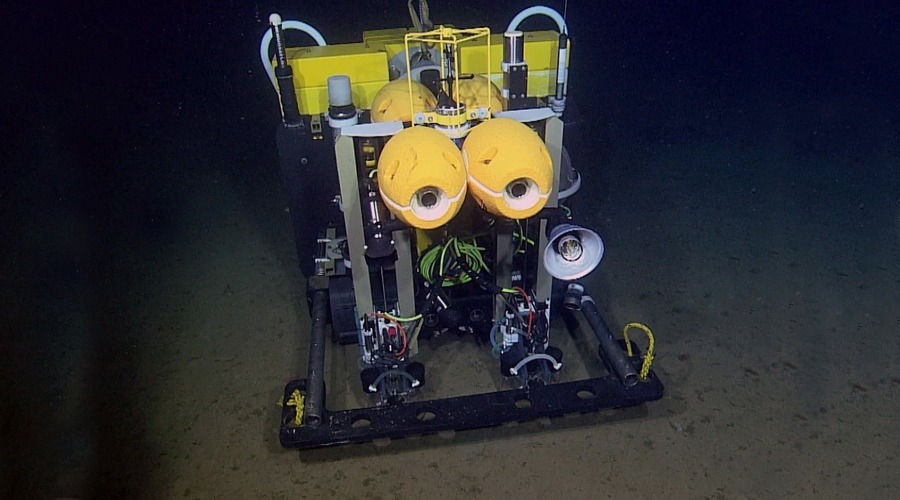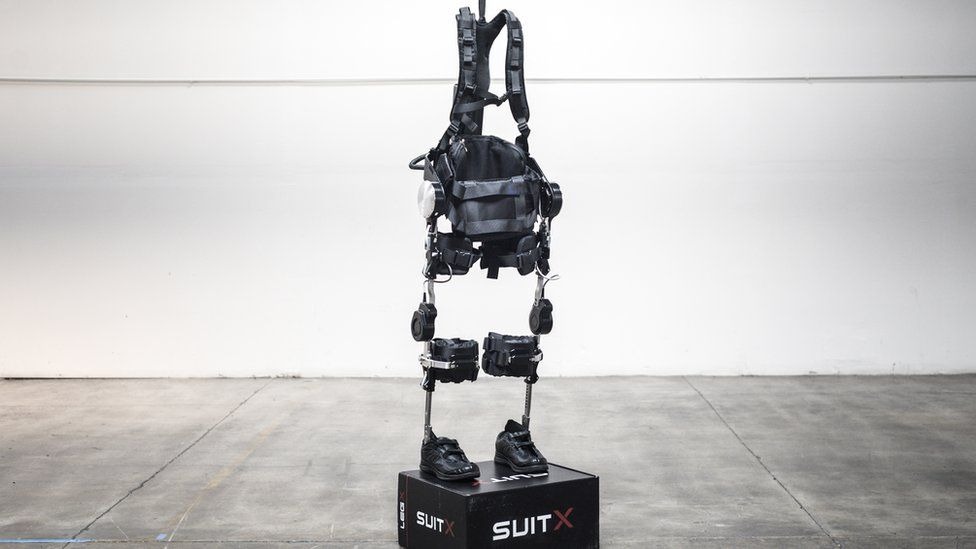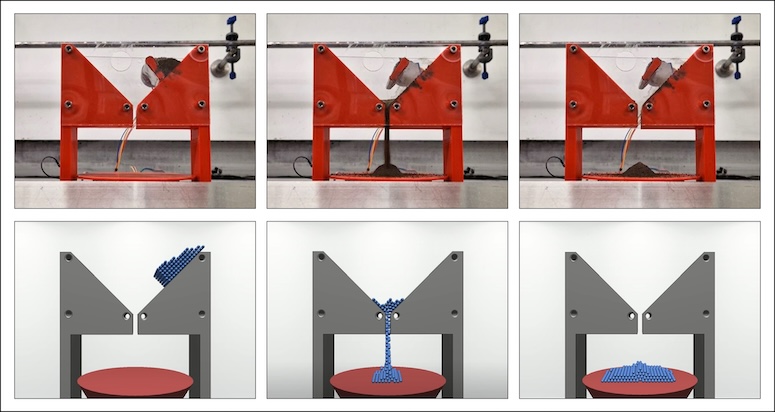The Benthic Rover II (BR-II), an autonomous robot tank developed by the University of California, San Diego, is revolutionizing the way scientists study the ocean floor and the carbon cycle. This remarkable underwater vehicle, featured in Science Robotics, is designed to take photos, videos, and measurements of the seabed, providing valuable insights into global climate change.
Equipped with wide tracks to minimize ground pressure and a durable titanium and plastic body capable of withstanding depths of up to six kilometers, the BR-II is an engineering marvel. The robot tank has positive buoyancy but remains on the seabed thanks to ballast, which can be released via an acoustic command from a ship in case of lost communication. In normal situations, communication is maintained through a floated antenna, while the robot's batteries provide approximately one year of continuous operation.
From May 2011 to 2020, the BR-II covered a maximum distance of 1640 meters along the Pacific Ocean floor, several hundred kilometers from California. During its missions, the robot tank collected crucial scientific data on the dynamics of phytodetritus accumulation, revealing a relationship between increased phytodetritus and decreased oxygen concentration in bottom water. This discovery could lead to improvements in the Earth's carbon cycle model and a deeper understanding of global climate change.
As scientists continue to explore the mysteries of the ocean floor, plans are underway to employ more robots with diverse functions to carry out research work. Join us in celebrating the groundbreaking achievements of the Benthic Rover II and its contributions to our understanding of the complex processes that govern our planet's climate.


















